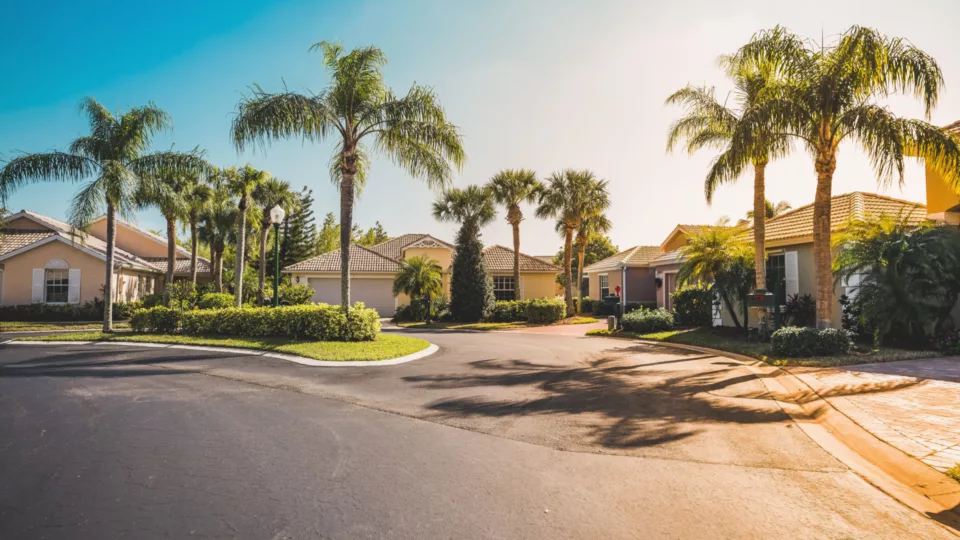In This Article
Regular roof maintenance might seem like a hassle, but it’s an investment that pays off in the long run. By keeping your roof in top condition, you can extend its lifespan, prevent expensive repairs, and protect your home from damage. In this article, we’ll explore the numerous benefits of regular roof maintenance and provide practical tips to help you keep your roof in excellent shape.
Key Benefits of Regular Roof Maintenance
1. Extended Roof Lifespan
- Regular inspections and minor repairs can significantly extend the life of your roof, delaying the need for a costly replacement.
2. Preventing Costly Repairs
- Identifying and fixing small issues early prevents them from turning into major problems that require expensive repairs.
3. Improved Energy Efficiency
- A well-maintained roof helps regulate your home’s temperature, reducing energy consumption and lowering utility bills.
4. Enhanced Curb Appeal
- Keeping your roof in good condition improves the overall appearance of your home, boosting its curb appeal and potentially its resale value.
5. Protection Against Weather Damage
- Regular maintenance ensures your roof is in good shape to withstand harsh weather conditions, protecting your home from leaks and structural damage.
Essential Roof Maintenance Tips
1. Regular Inspections
- Schedule professional roof inspections at least twice a year, ideally in the spring and fall. Look for signs of damage such as missing shingles, cracks, and leaks.
2. Clean Gutters
- Keep your gutters clean and free of debris to prevent water buildup and potential roof damage.
3. Trim Overhanging Branches
- Trim trees and branches that hang over your roof to prevent damage from falling limbs and reduce the buildup of leaves and debris.
4. Check for Moss and Algae
- Remove moss and algae growth to prevent moisture retention and roof degradation. Use a roof cleaner specifically designed for this purpose.
5. Inspect and Repair Flashing
- Check the flashing around chimneys, vents, and skylights for signs of damage or wear. Repair or replace damaged flashing to prevent leaks.
In-Depth Maintenance Strategies
Detailed Inspection Routine:
- Exterior Inspection: Examine the roof surface for missing or damaged shingles, cracks, and other signs of wear and tear. Pay special attention to roof valleys, where debris tends to accumulate.
- Interior Inspection: Check the attic for signs of water damage, such as stains on the ceiling or walls, mold growth, and damp insulation. Look for any light coming through the roof boards, which indicates gaps or holes.
Gutter Maintenance:
- Regular Cleaning: Clean your gutters at least twice a year to prevent clogs that can lead to water damage. Remove leaves, twigs, and other debris that can block water flow.
- Gutter Guards: Consider installing gutter guards to reduce the frequency of cleaning. These devices help keep debris out while allowing water to flow through.
Vegetation Control:
- Trimming Trees: Keep trees trimmed back from your roof to prevent branches from scraping the roof surface and causing damage. Falling branches can also puncture or dislodge shingles.
- Removing Debris: Regularly remove leaves, pine needles, and other debris from the roof surface to prevent moisture retention and potential damage.
Moss and Algae Treatment:
- Preventative Measures: Install zinc or copper strips near the roof ridge to inhibit moss and algae growth. These metals create an environment that is hostile to these organisms.
- Cleaning Solutions: Use a mixture of water and bleach or a commercial moss remover to clean affected areas. Apply the solution with a sprayer and rinse thoroughly.
Flashing Inspection and Repair:
- Checking Seals: Inspect the seals around roof penetrations like chimneys, vents, and skylights. Look for cracks or gaps that could allow water to seep in.
- Repairing Flashing: If you find damaged flashing, replace it promptly. Use high-quality caulking or sealant to ensure a watertight seal around roof penetrations.
Seasonal Maintenance Tips
Spring Maintenance:
- After the winter, check for damage caused by ice and snow. Look for loose shingles, ice dams, and signs of water infiltration.
- Clean gutters and downspouts to ensure proper drainage during spring rains.
Summer Maintenance:
- Inspect for damage from summer storms, including wind and hail. Repair any issues promptly to prevent further damage.
- Check attic ventilation and insulation to ensure your home stays cool and energy-efficient.
Fall Maintenance:
- Prepare for winter by ensuring your roof is in good condition. Inspect and repair any damage from summer storms.
- Clean gutters and downspouts to prevent clogs from falling leaves. Trim back trees and branches that could cause damage during winter storms.
Winter Maintenance:
- During winter, monitor your roof for signs of ice dams. These can cause water to back up under shingles, leading to leaks.
- Remove snow from your roof if it accumulates heavily. Use a roof rake to prevent excessive weight and potential damage.
Conclusion
Regular roof maintenance is crucial for extending your roof’s lifespan, preventing costly repairs, and protecting your home from weather damage. By scheduling regular inspections, cleaning gutters, trimming overhanging branches, and addressing moss and algae growth, you can keep your roof in excellent condition. Investing time and effort in roof maintenance will save you money in the long run and ensure your home remains safe and comfortable. Remember, a well-maintained roof is key to the overall health and longevity of your home.





